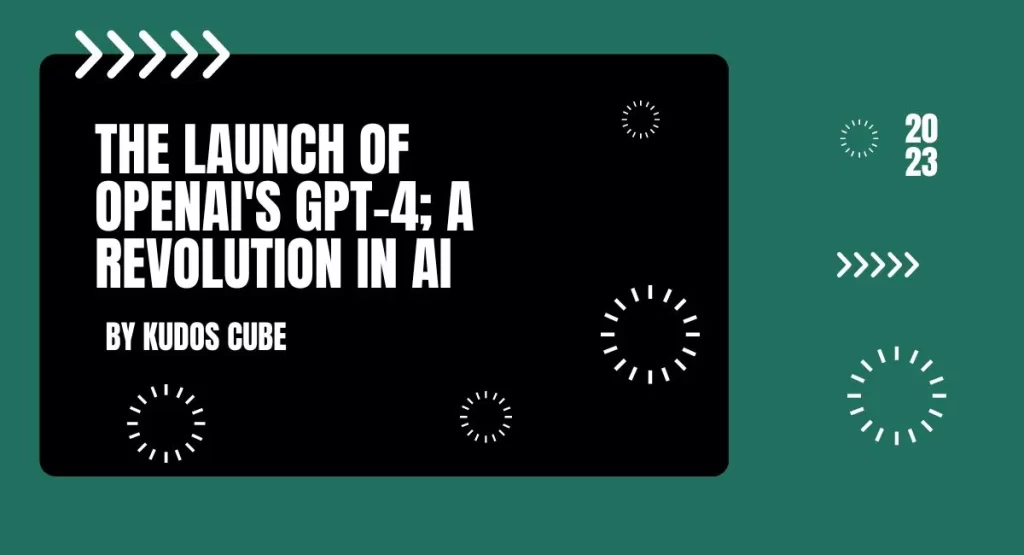
The recent milestone in Open AI’s effort GPT-4 has been released, having the capability to exhibit human-level performance on scores of professional and academic benchmarks.
Open AI claims that model is “more creative and collaborative than ever before.” It has the power to understand text and images, which surely assists in scaling up deep learning!
If you are aware of a thing or two about ChatGPT and its alternatives, then you are already in the AI game. But for those, who have no clue about the hype of GPT-4, we have this blog! So, if you’re one with no clue about it, grab a seat with a cup of coffee and learn some amazing things about GPT-4!
Let’s start from the base.
GPT-4 is the latest iteration in Open AI’s large language model system. If we put it simply, these systems try to predict the next words in sentences and add inputs to them as well. It is devised to learn patterns and relationships by studying large datasets that enable it to identify the patterns and answer accordingly.
If you have used previous AI models, you might be aware of their limited capabilities; however, GPT-4 is multimodal, which means it accepts prompts for both images and text.
There are some amazing things that GPT-4 is capable of, which we’re going to discuss next.
The thing that makes it the most resourceful machine learning system is that it is multimodal! ChatGPT and GPT-3 were extremely limited to text, as they could just read and write.
GPT-4, however, can see and understand images and gives relevant information. Being a user, you could simply ask it to define what’s in an image, of course, but more essentially, its understanding goes beyond that. It describes the dress patterns, can identify a plant, can read a map, and can perform scores of tasks related to visuals.
The latest update gives more accurate responses to the queries of its users!
OpenAI said that the system is 40% more likely to produce genuine responses than GPT-3.5. According to the company, GPT-4 also has come up with more “advanced reasoning capabilities” than OpenAI’s predecessor.
Predominantly, worldwide English speakers are the ones who use ChatGPT the most. However, the newest model takes other languages into consideration. It demonstrated support for around 26 languages which includes the likes of Korean, Urdu, Ukrainian, Germanic and many more. Out of 26 languages, GPT-4 surpasses the English language performance of GPT-3.5 in 24 of them.
However, a lot of data training is still needed for GPT-4 to fully support all languages.
One of the best parts that are making GPT-4 more powerful is its capability that lets users have longer conversations. Gpt-4 has the ability to take in and produce eight times more text than ChatGPT.
In simpler words, It has a long memory and is capable of keeping up with lengthier conversations. The OpenAI’s latest version can process up to 25000 words, in contrast with the previous 3000 words. This is one of the features that is making GPT-4 a sensational tool for many content writers.
This is one of the questions that is circulating around the internet as everyone wants to make full use of OpenAI’s latest multimodal GPT-4.
For those who are new to ChatGPT they just need to visit chat.openai.com, where they can signup for GPT-3 for free. To use it, they need to subscribe ChatGPT Plus for a $20 monthly subscription to get premium access to the service.
AI brings endless applications and possibilities that are simplifying our lives to a great extent. It has already started shaping the present and will surely shape the future with more advanced digital solutions.
So, if you’re a tech enthusiast, you might agree with the fact that it is the right time to invest your time and efforts in learning AI in order to stay ahead of the curve.